IF THE CAVEMEN DIDN'T EAT IT; YOU SHOULDN'T EITHER?
The Paleo Diet is for sure the most talked about diet with not only athletes but also the general public. People that do not step a foot into a gym will approach me with questions on Paleo eating. However, the Paleo or Paleolithic diet has been around for quite a while but was overshadowed by other diets. Low carbohydrate eating programs; such as, Atkins, South Beach Diet, Zone Diet and the Protein Power Diet, etc. popularly outweighed the Paleo Diet.
Actually, the Paleo diet originated about 25 years ago by a physician of gastroenterology, Dr. Walter Voegtlin and over time bounced forward to other physicians / professors, Dr. Stanly Eaton, Dr. Melvin Konner and Marjorie Shostak (Konner's wife) of Anthropology, Neuroscience and Behavioral Biology. In 1989, the book "The Paleolithic Prescription: A Program of Diet & Exercise and a Design for Living" was published by Dr. Eaton, Konner and Shostak. The authors' concept is the differences between dietary patterns of our ancestors and our modern society have important implications for our health. Possible connections to "diseases of civilization," such as, heart disease, hypertension, diabetes and cancer is due to us not eating as we did 10,000 years ago. In 2010, Dr. Loren Cordain, B.S. in Health Sciences, M.SC. in Exercise Physiology and awarded PH.D.in Exercise Physiology, revised his book "The Paleo Diet: Lose Weight and Get Healthy by Eating the Foods You Were Designed to Eat." In 2012 Cordain revised his book "The Paleo Diet for Athletes: The Ancient Nutritional Formula for Peak Athletic Performance." Dr. Cordain claims himself as being the founder of the Paleo movement and the "world's leading expert on Paleolithic diets."
Who Came First; the Caveman or the Cow?
The evolutionary, anthropological and nutritional theory behind the Paleo diet is under widespread debate. Moreover, there is lack of agreement of what exactly is the correct make up of the Paleo diet. Dr. Eaton and Konner are of the opinion of not strictly blocking foods that were absent before farming began (whole-grain breads, pasta, legumes and some low-fat dairy products). On the other hand, Dr. Cordain's more modern Paleo diet requires following the exact food intake components of protein, carbohydrate and fat that were available to the Paleolithic humans. For example, the three reasons for dairy restriction in the modern Paleo diet are: domesticated cows did not exist; dairy is toxic because some modern-day humans have difficulty digesting it; and that we can obtain dairy nutrients (protein, calcium & vitamin D) from other foods on the Paleo diet.
Can We Dig this Diet?
We must go back to the excavation site of the Paleo diet to evaluate it because it's proof is based on evolutionary anthropology. Is the Paleo diet historically accurate and nutritionally valid? Supposedly, modern-day man has not adapted to a post-agricultural modern diet and has become susceptible to countless chronic health conditions. Therefore, the Paleo diet is assuming that we cannot adapt to changing food environments and we are best to duplicate the diet of our predecessors. According to biologist Marlene Zuk, in her book, "What Evolution Really Tells Us About Sex, Diet and How We Live," humans adapted to eating dairy products within a 7,000 year span. Historically after infancy, the baby's gene for encoding the lactose-digesting enzyme would normally shut down; however, as diary became more common this gene mutated to stay on throughout life.
Bring out Your Dead
The Paleo diet is assuming that Paleolithic man was free of the diseases that plague us today; such as, cardiovascular disease. Computerized tomography scans on a sample of 137 mummies from four different geographical areas of populations spanning over 4,000 years showed prevalence of atherosclerosis (fatty substances on the the inner lining of arterial walls that form a plaque deposit) in 34% of the mummies.
What's for Dinner 10,000 Years Ago?
The Paleo diet declares great health benefits; however, there has been only four randomized control studies published using human subjects and one using piglets. The results of these studies should be digested with caution due to the subjects being older individuals with chronic diseases. In addition, there is research weakness in inadequate dietary control, short duration of studies, lack of blind studies and the use of various Paleo diet prescriptions. In reality, we do not know what our Paleolithic ancestors exactly ate as they traveled through seasons, terrain and availability. We must not assume all cavemen ate the same single diet. Moreover, since the Paleo studies were not performed on athletes, there is weak validity in recommending it to the athletic population.
One for All and All for One
Higher protein, lower carb diets are not universally true for all populations. There is not yet confirmation of a high protein, low carb diet being beneficial for non-overweight, metabolic disease-free individuals. Moreover, extensive evidence suggests a lower carbohydrate diet can be destructive to the endurance athlete and other athletic performance. We can all agree that eating more natural foods and limiting sugars and processed foods is extremely beneficial and this is also promoted by Paleo. However, the science behind the Paleo diet excluding or including certain foods to prevent chronic disease is invalid and thereby, the Paleo modern diet is nutritionally invalid.
This is it in a nutshell. I highly recommend to read the following source for much more detailed information.
By Dangerous Donna, ACSM Exercise Physiologist

